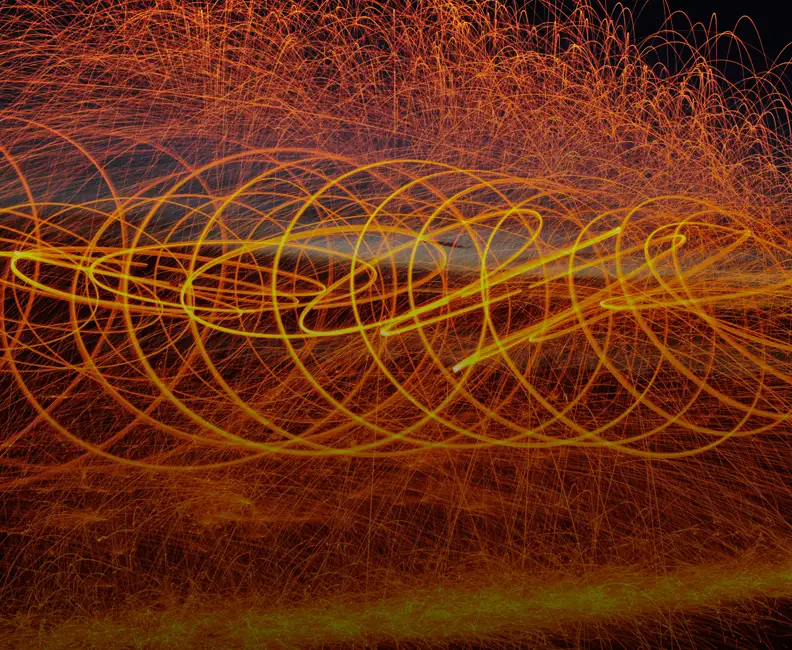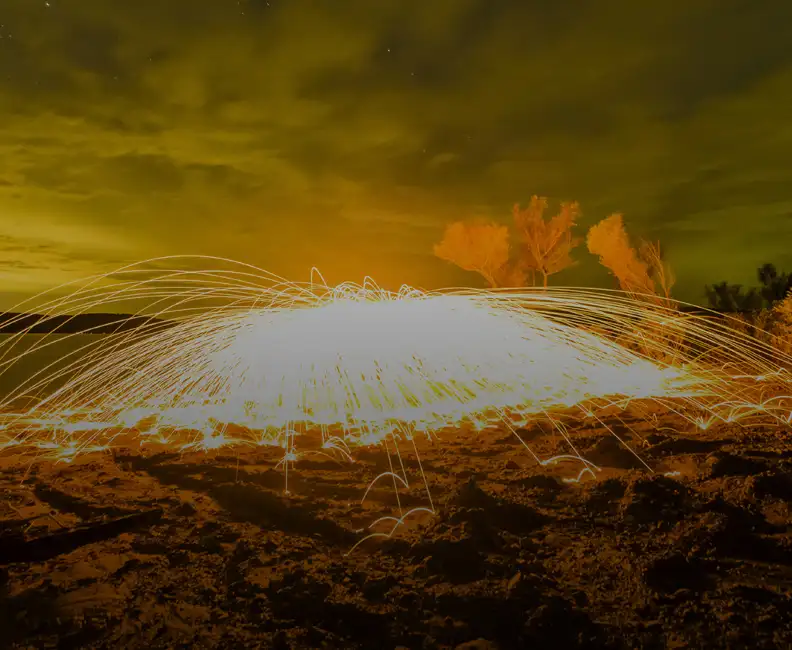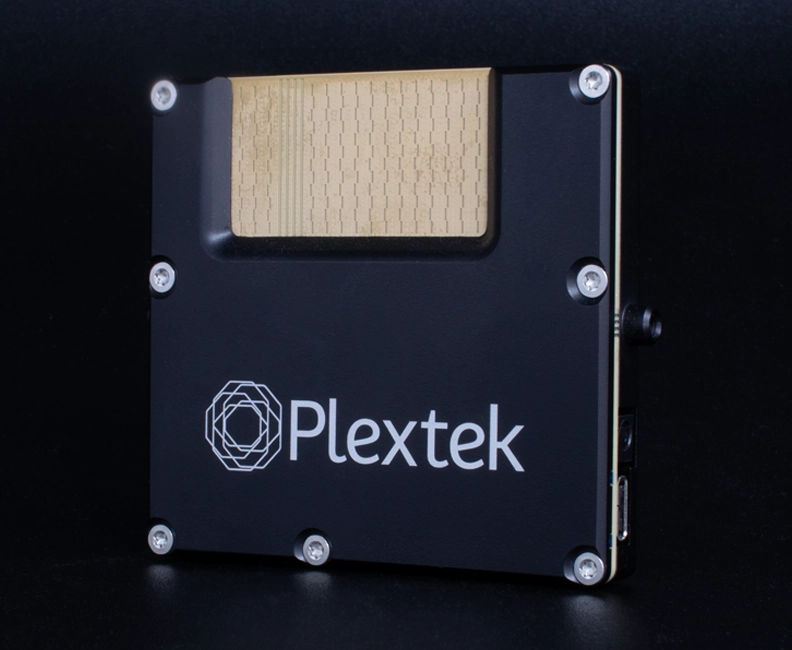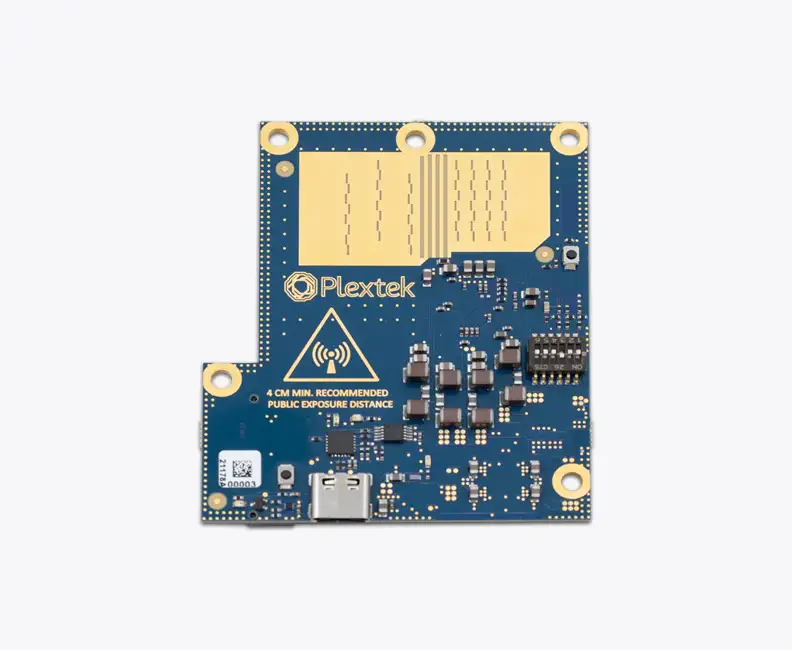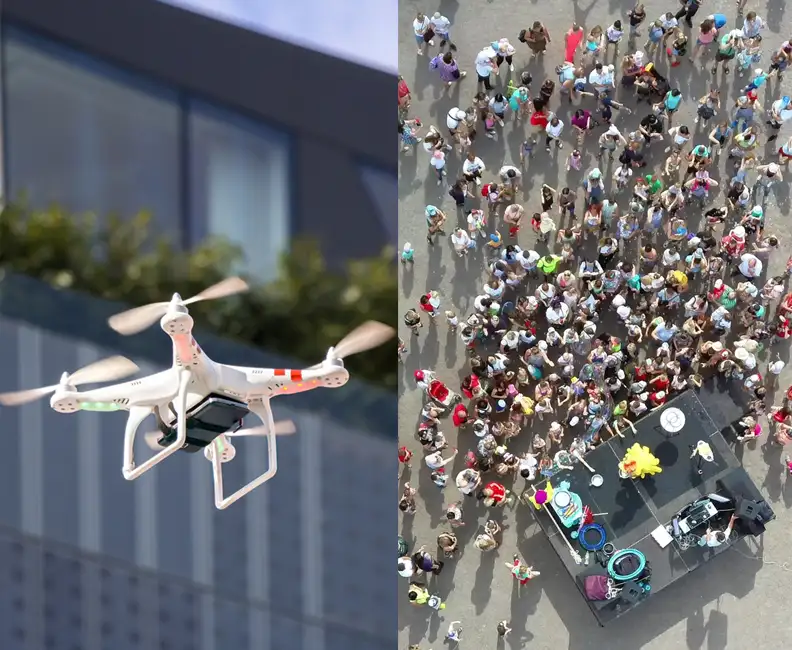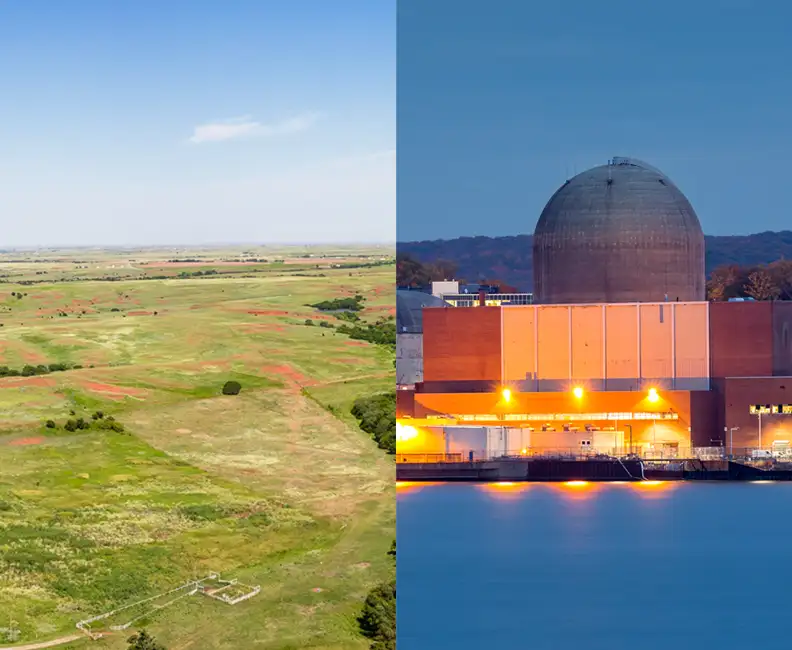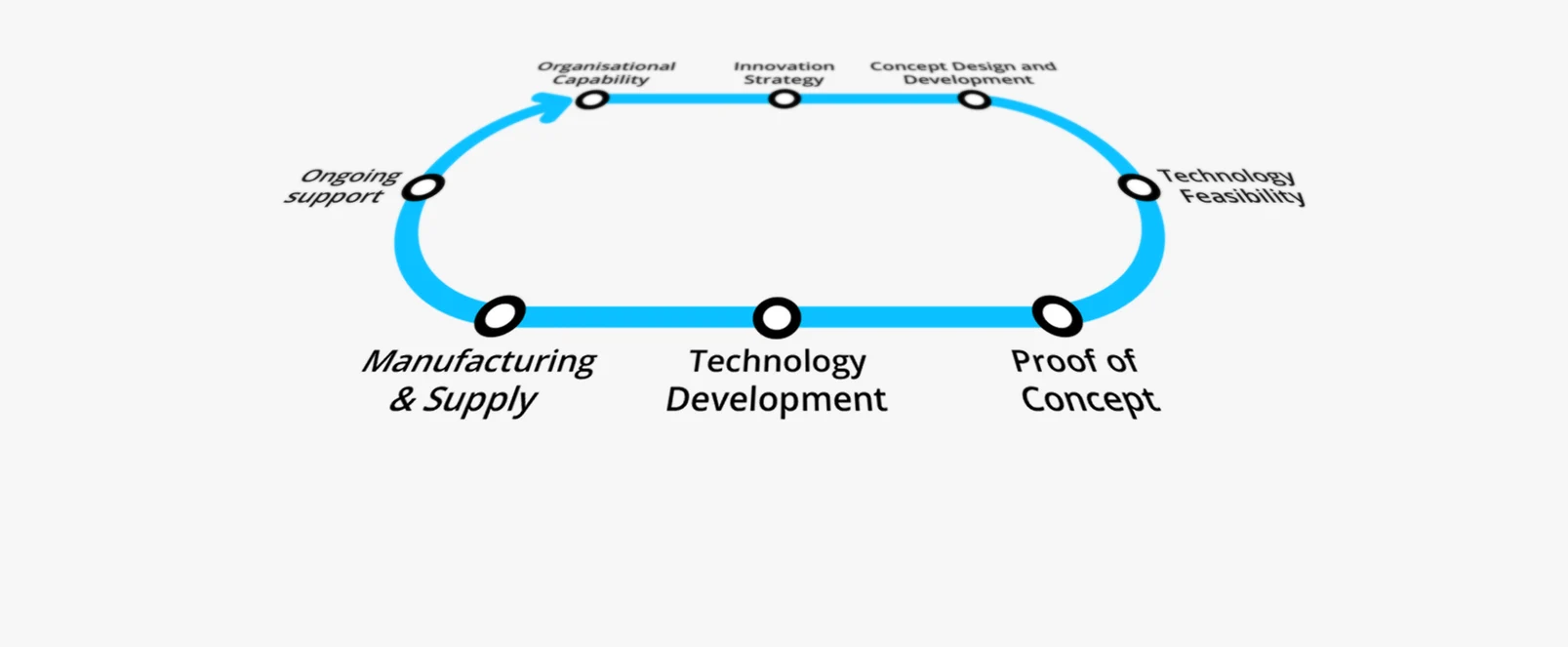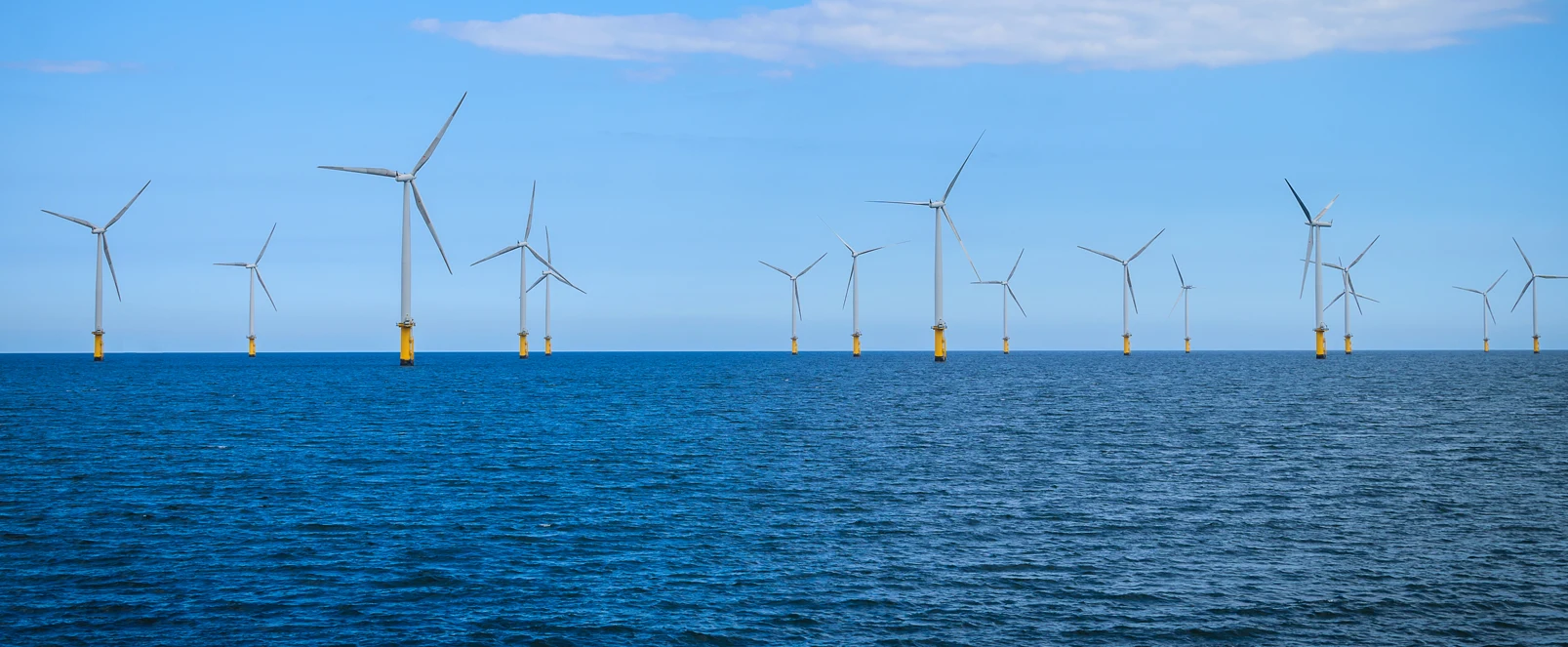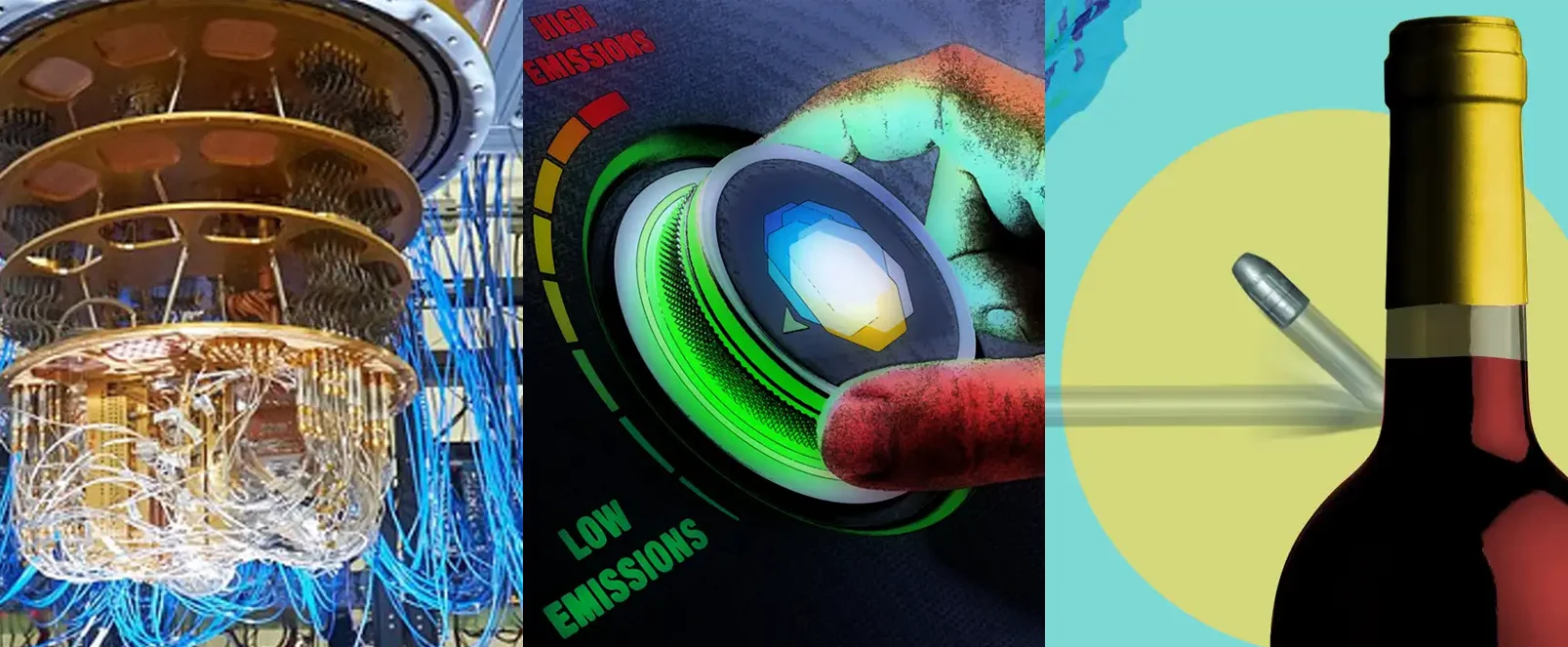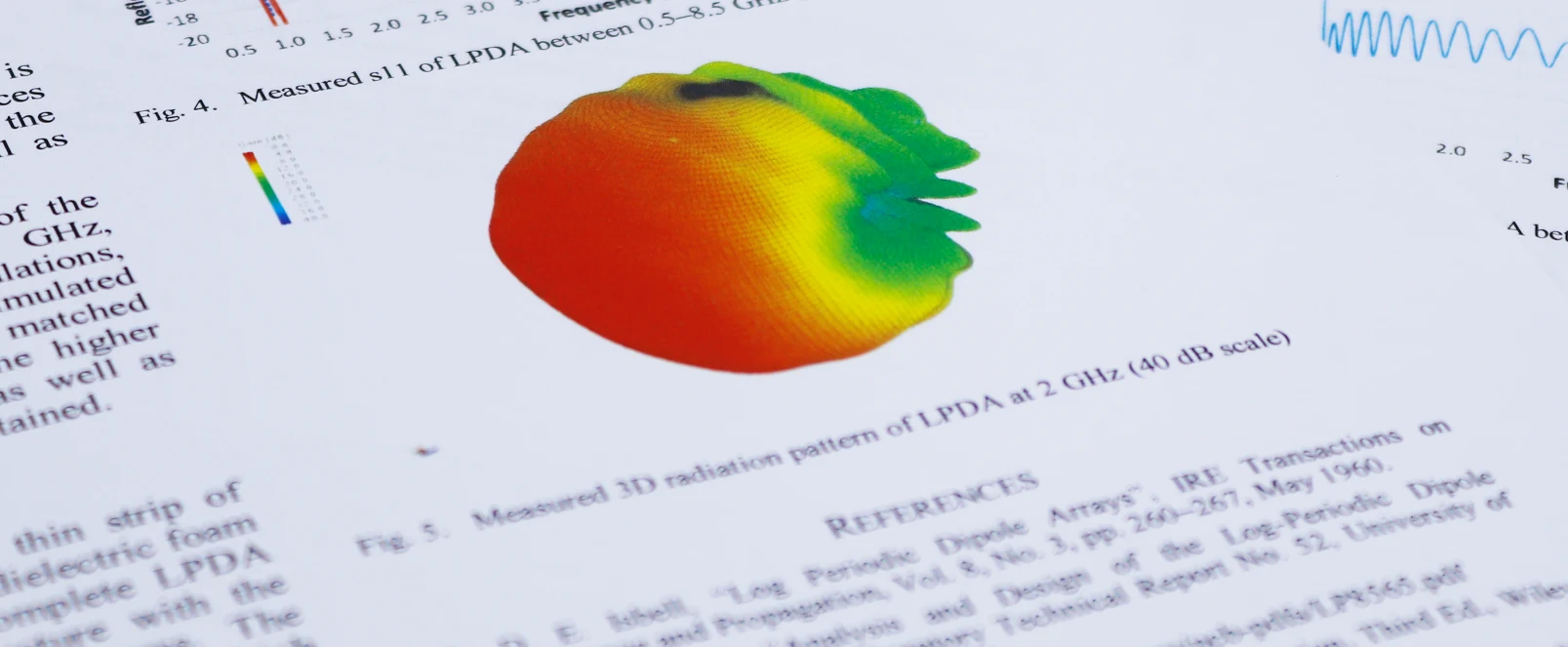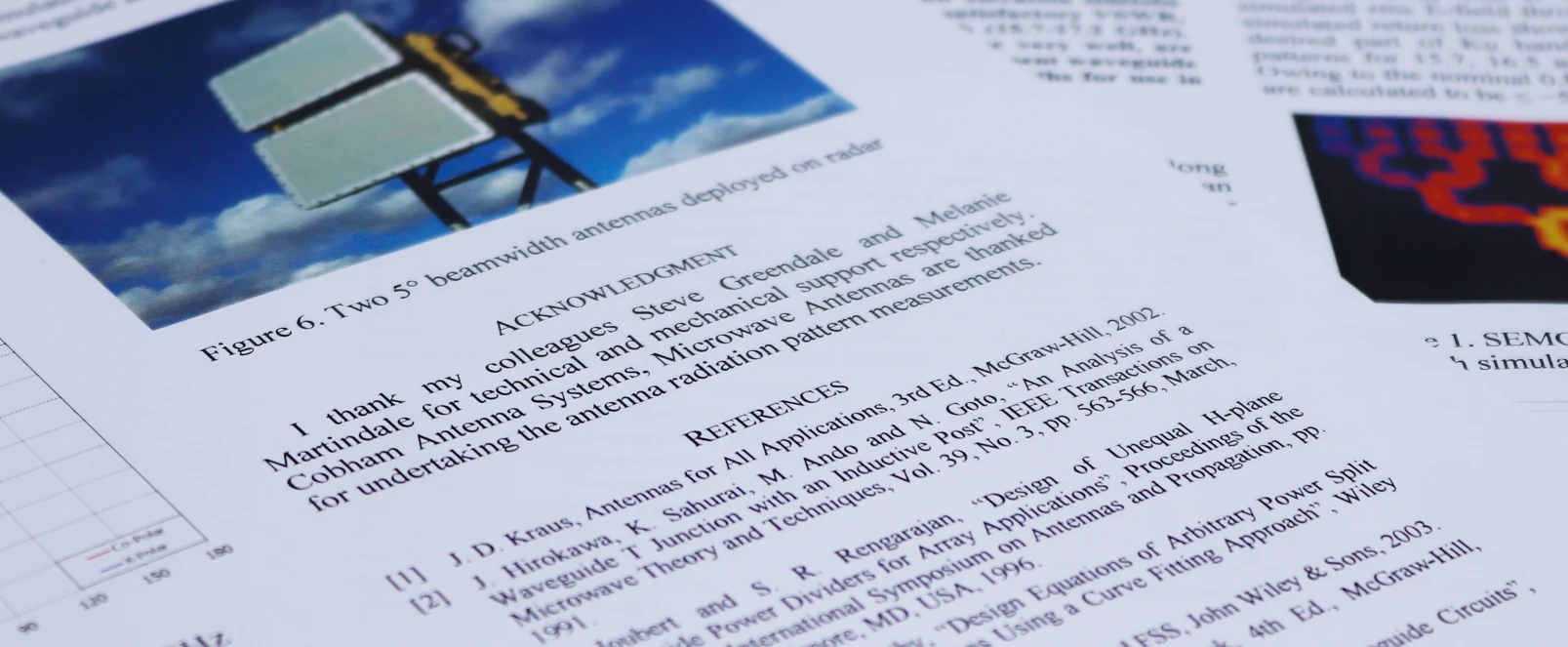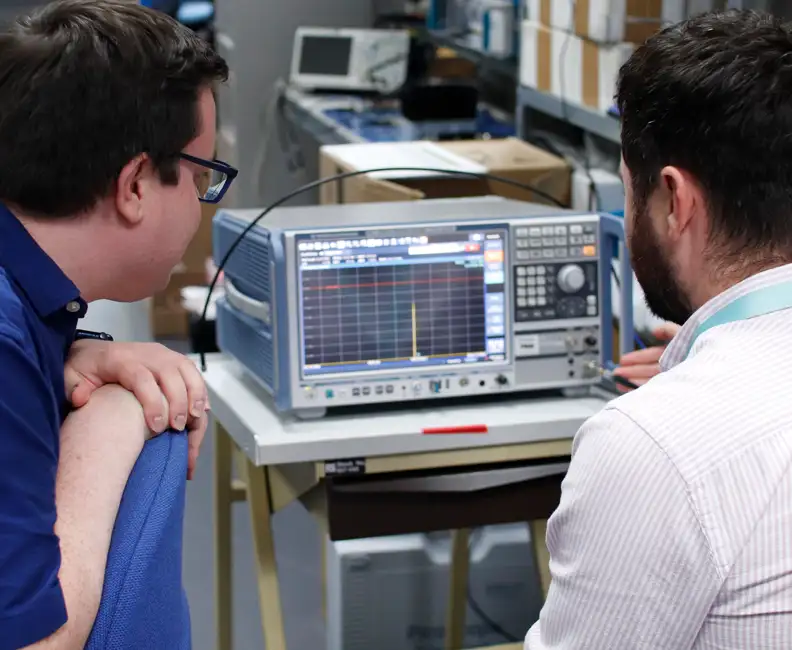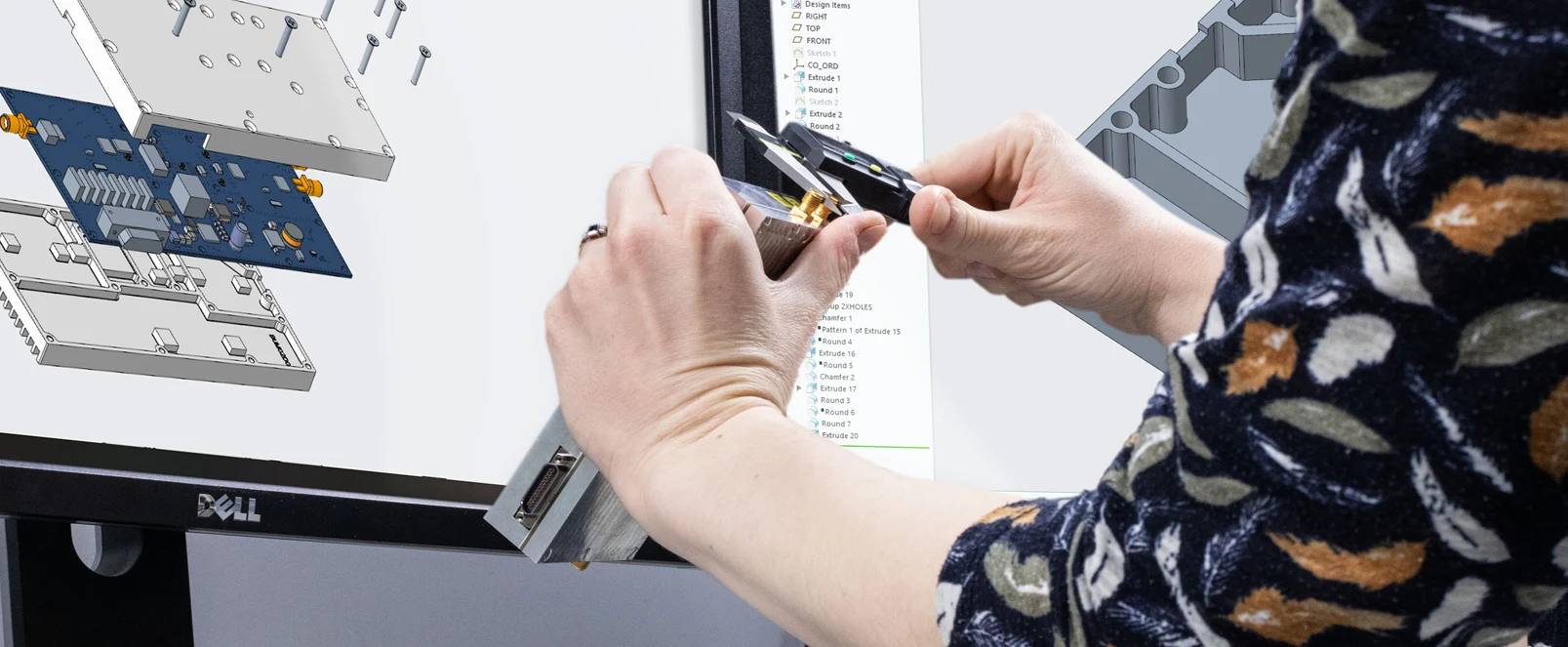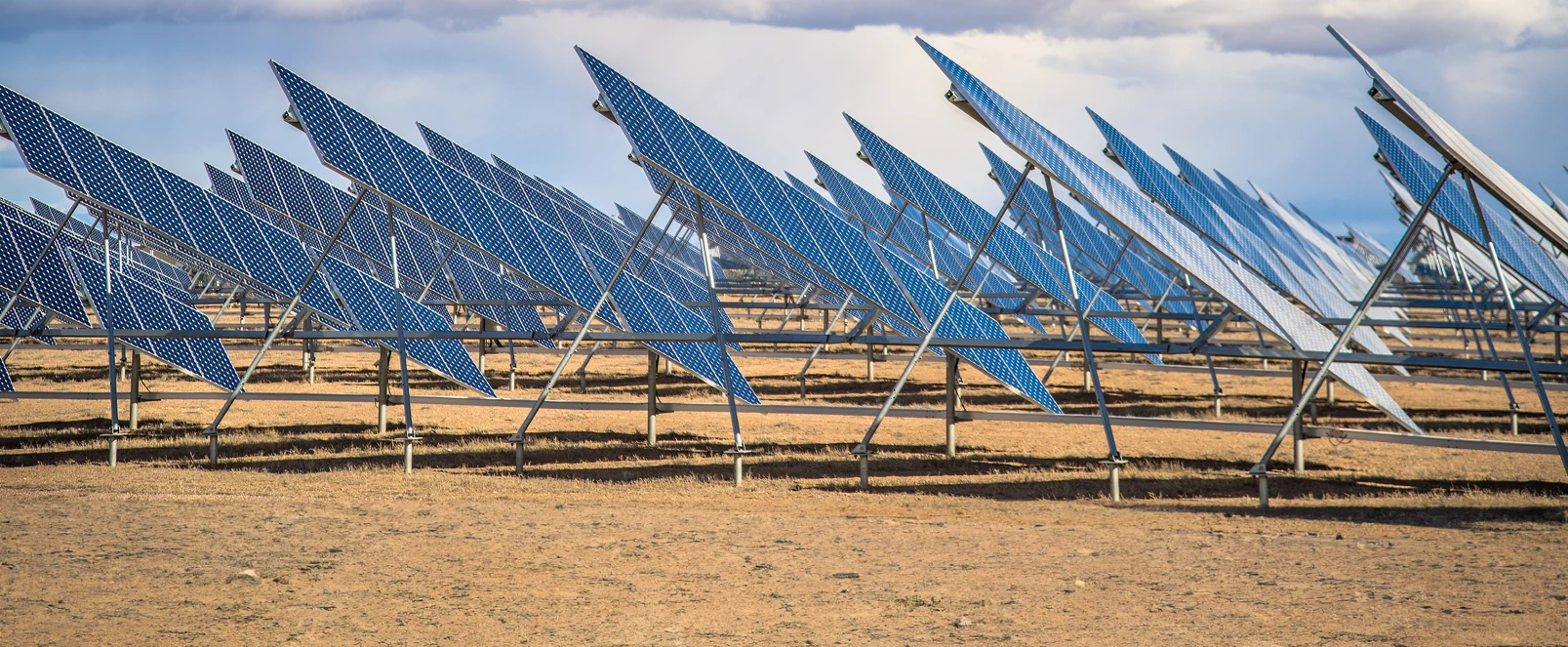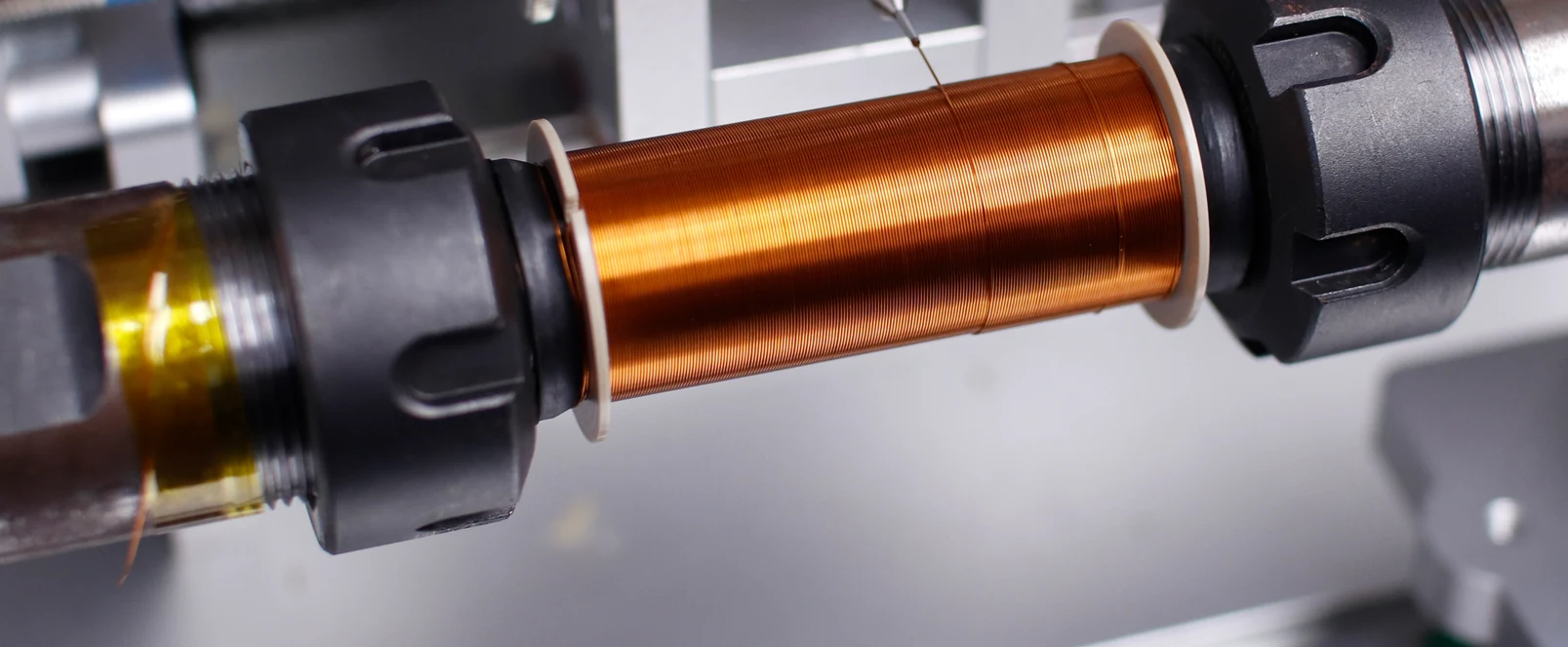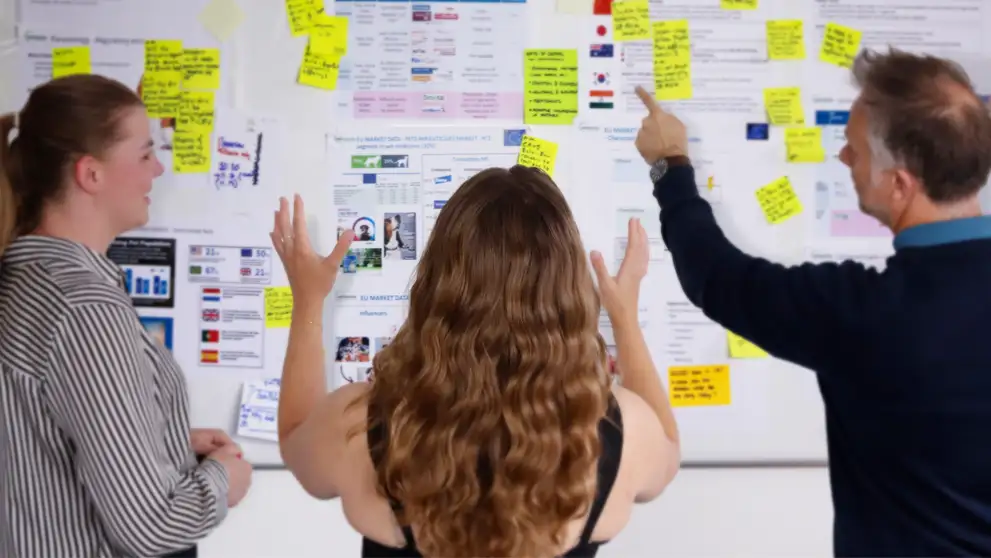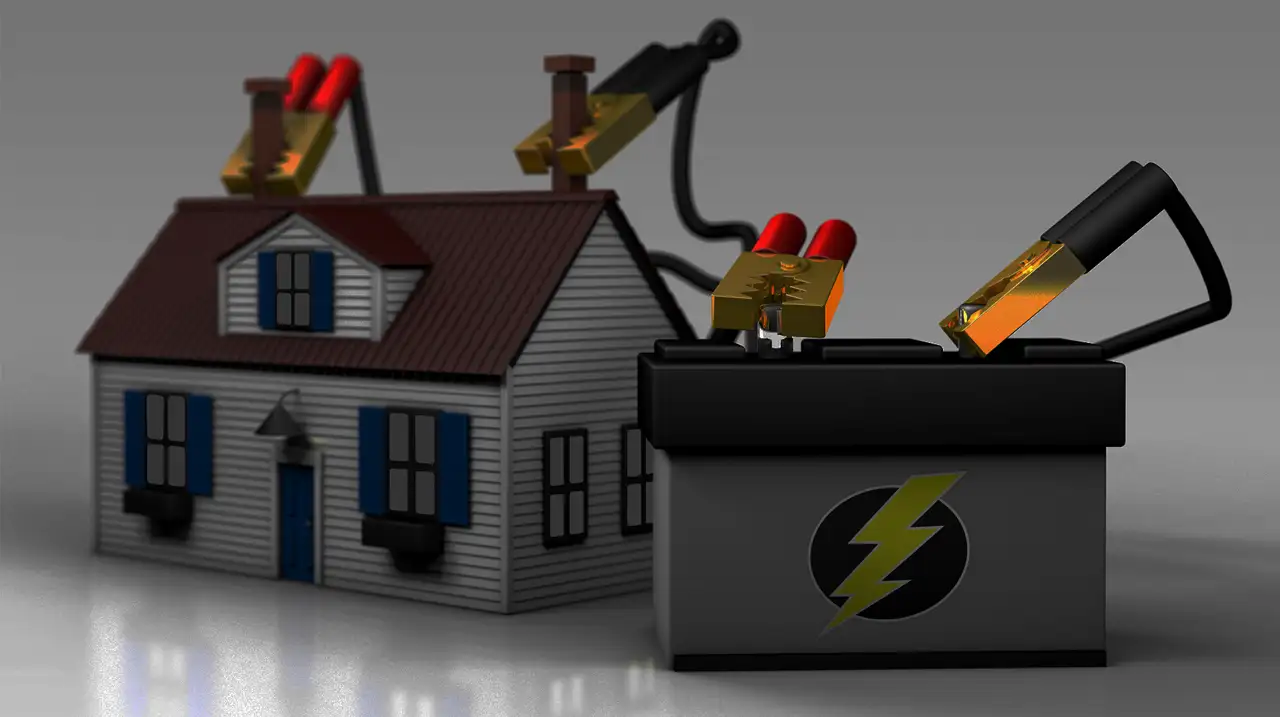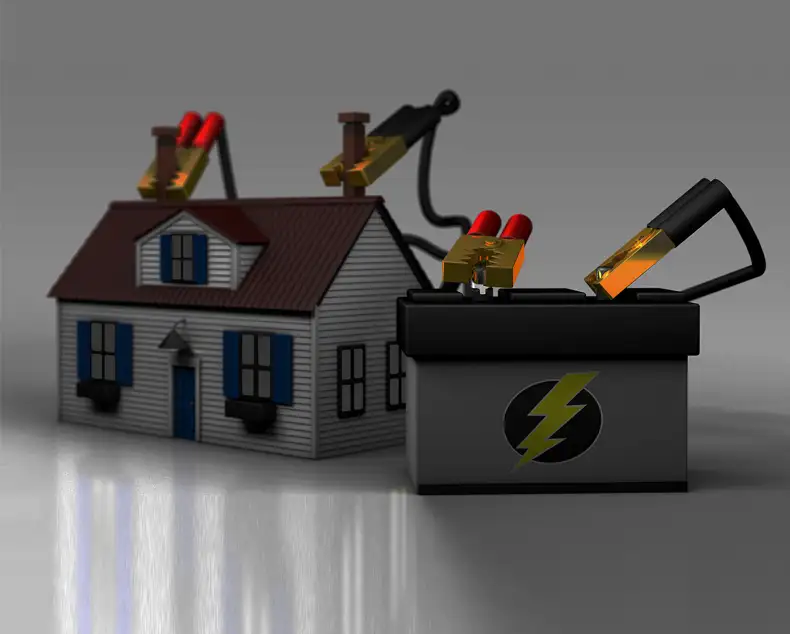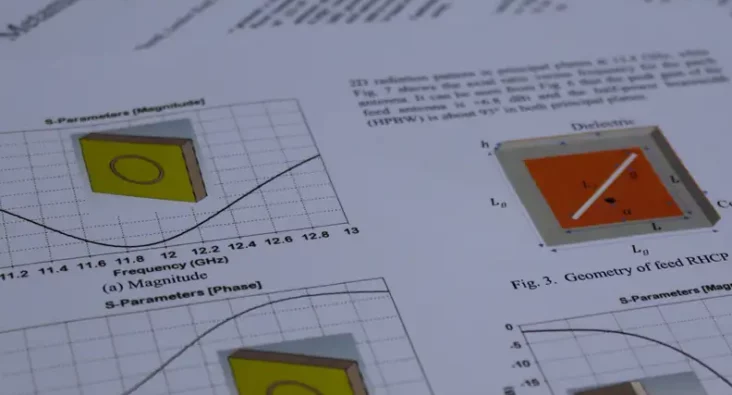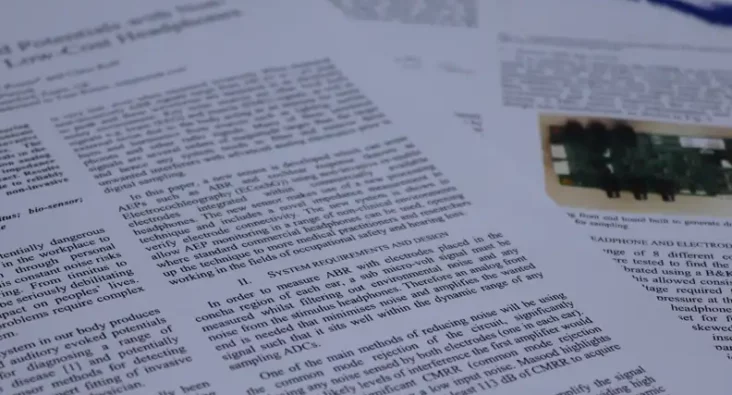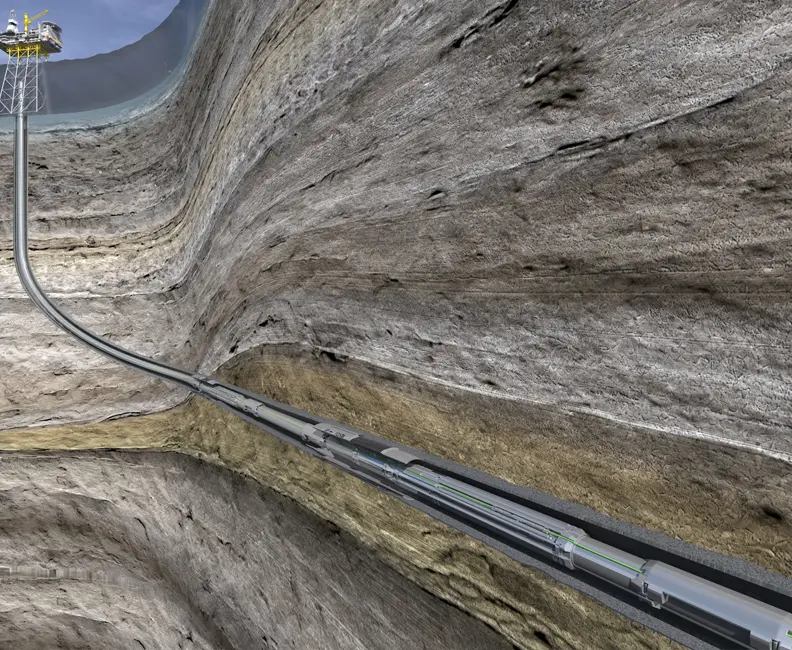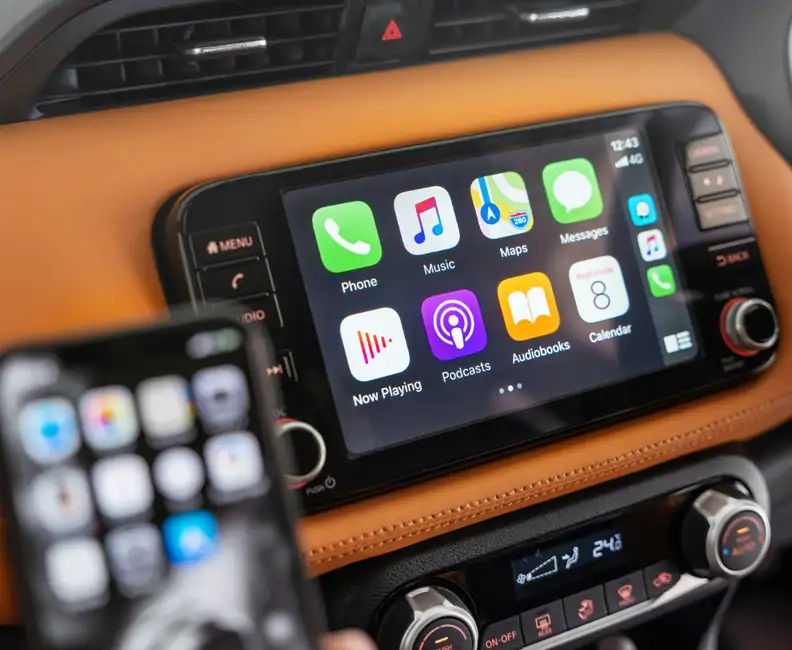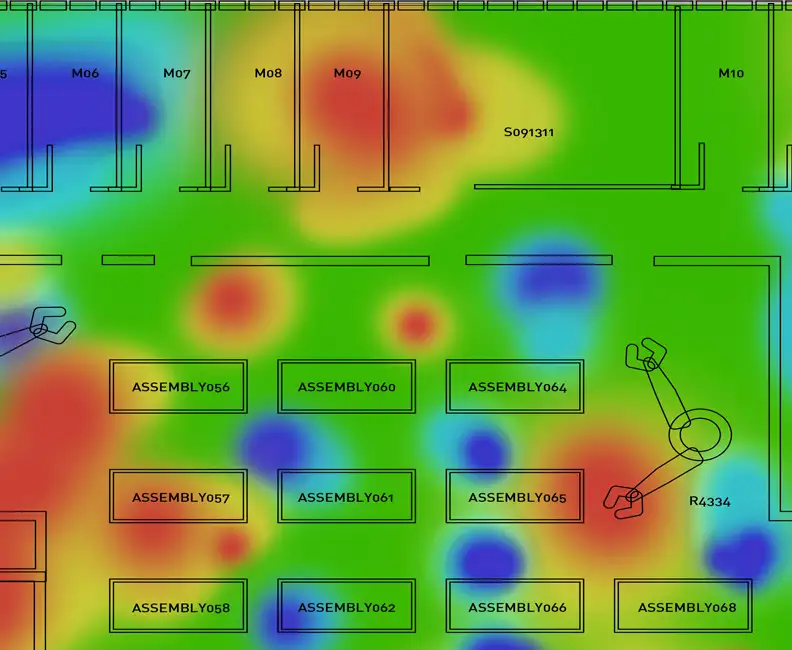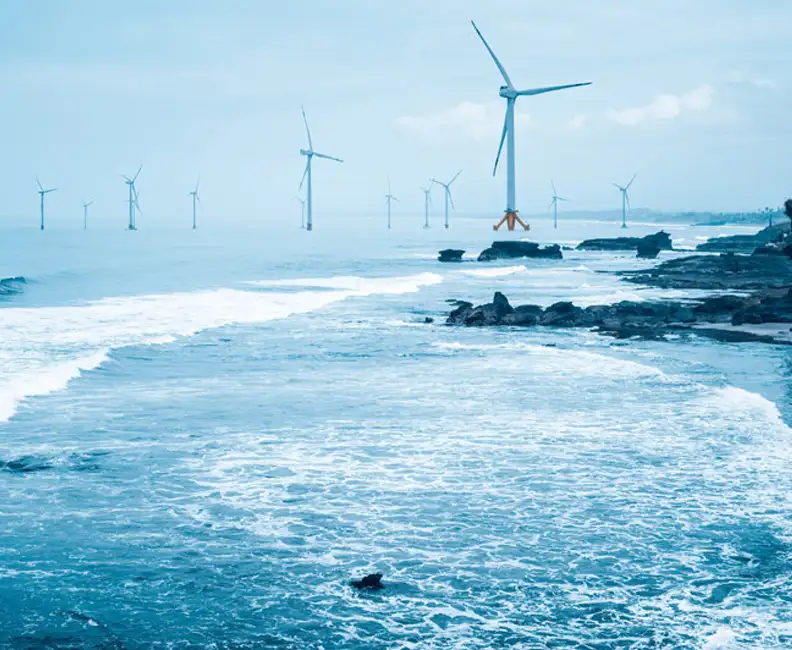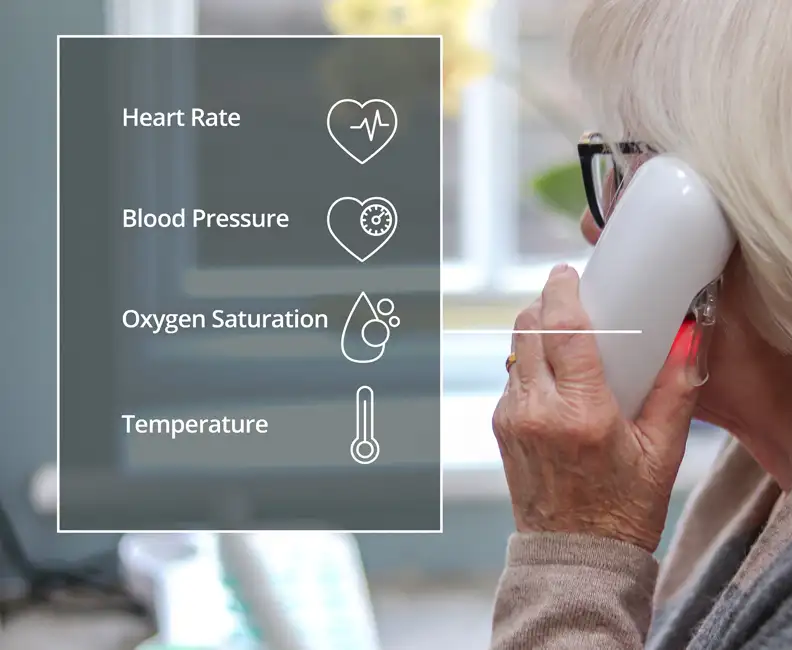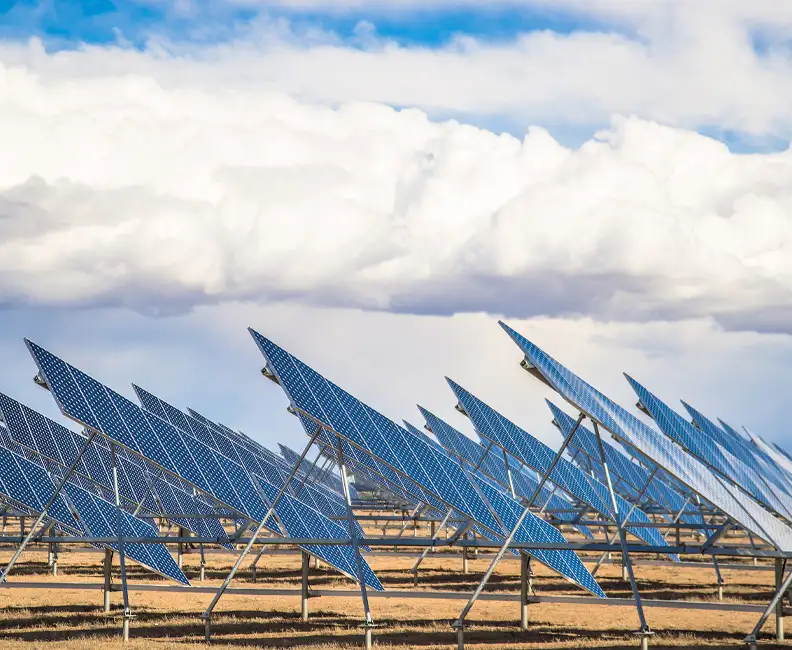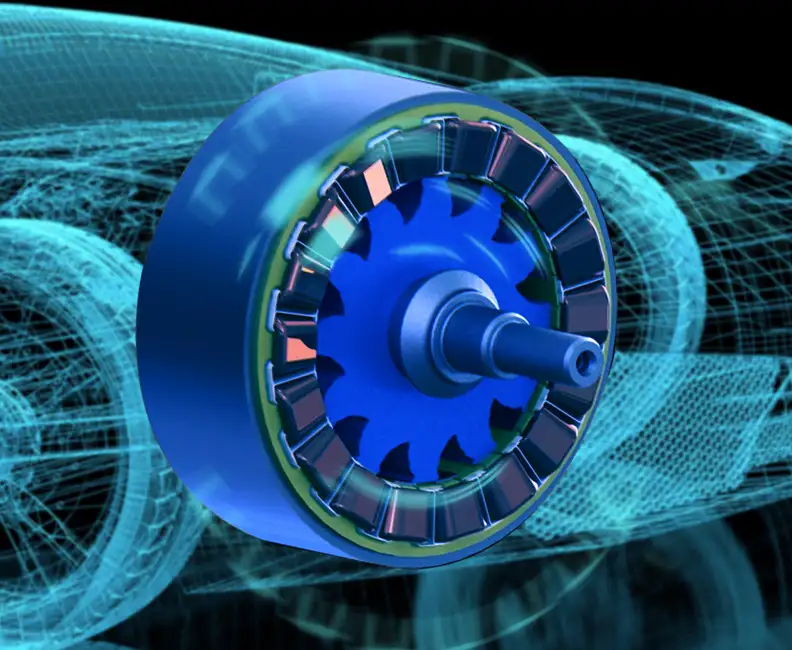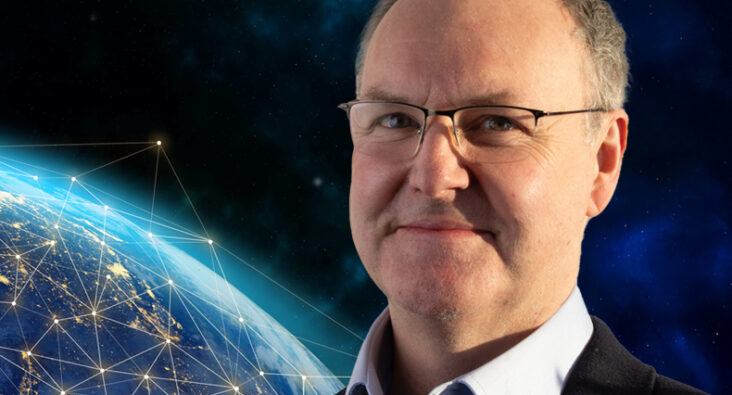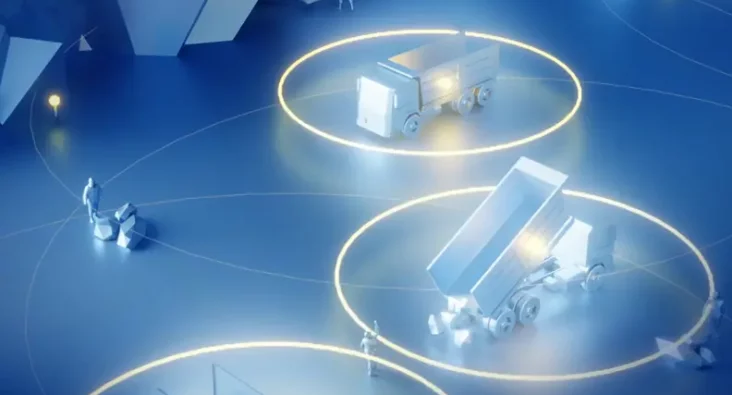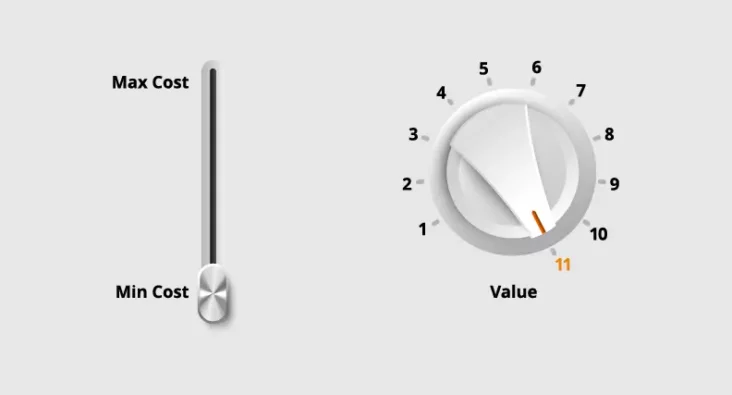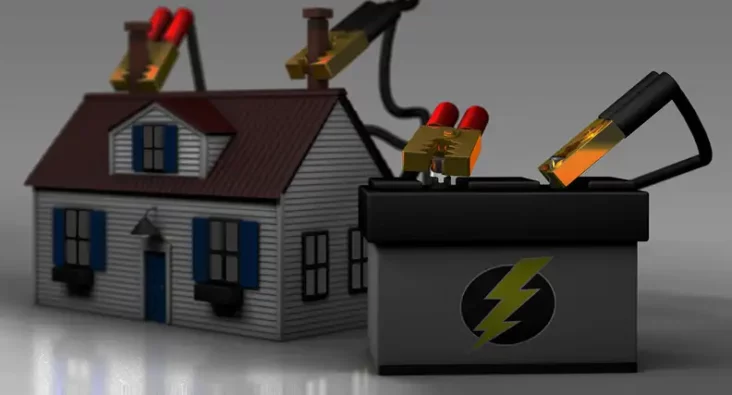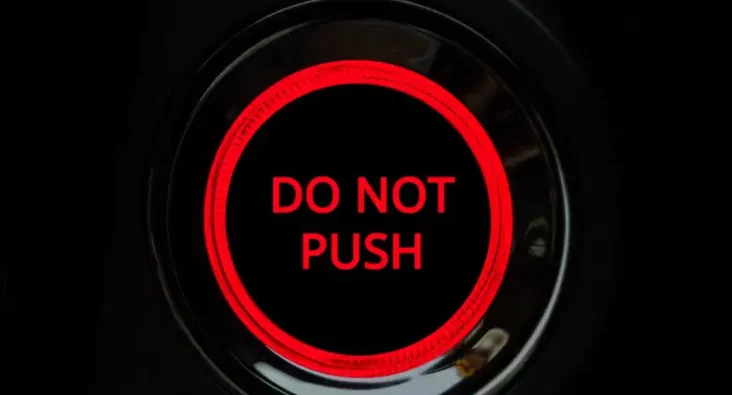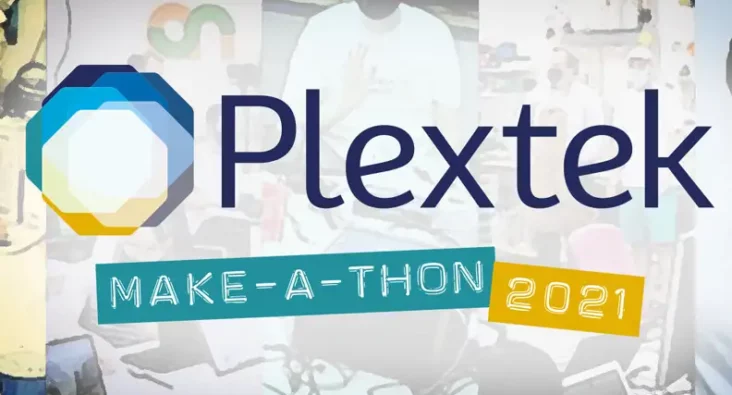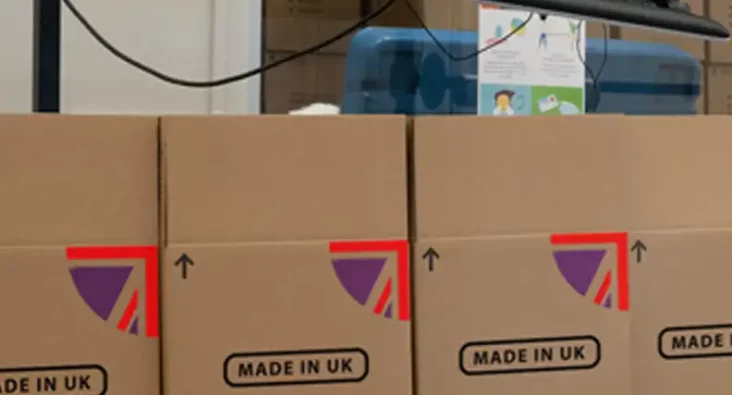
Written by Dr David Kyle
Principal Consultant
Home energy storage solutions: to be or not to be?
It is understandable to have doubts and scepticism about the feasibility and effectiveness of renewable energy sources such as solar and wind power, as well as electric cars. However, progress is being made in these areas, and the adoption of these technologies is growing at a significant rate.
No sun?
Solar farms and wind farms are a great concept and no doubt have their place, but if it’s cold, dark, and still, then output is going to be disappointing. Equally, and listening to the news over this last winter, there has certainly been concern that if the weather isn’t kind to us and it’s cold, dark, and windless for an extended period of time then we have a problem. i.e., not enough additional methane to make steam to spin our generators (despite modern technology, I think it’s fascinating that we still run-on steam). Now, if that’s the case and when the majority of us are using electricity just for light, heat, cooking, industry, Netflix, and other essentials, then speaking as an engineer it doesn’t seem unreasonable to raise an eyebrow if the plan is to also abandon burning petrol and diesel without a better plan for producing the required additional electricity for electric cars.
With a general and prolonged lack of investment in energy infrastructure, I’m struggling to see electric cars becoming dominant in the short to medium term. To me, it seems questionable and in my “bar room” opinion, that we’ll be able to any time soon generate and move as much energy through the National Grid as we currently do in petrol tankers, oil distillation plants, and container ships. Hopefully I’m wrong, but cynicism aside, I think some immediate good has come from electric cars. Specifically, the recent huge advances in battery technology gives us the ability to store electricity when it’s cheap, save it for later, and then use it when it’s otherwise expensive to buy from the National Grid.
Battery Superpower: my trial
It seems to me that while solar and wind power may not be able to generate electricity 24/7, advancements in energy storage technologies such as LiFePO4 batteries can help bridge that gap.
LiFePO4 batteries, with development pushed by electric cars are very impressive. They have an energy density approaching older lithium cell technology, better long-term cycle durability, and far less of an “exothermic temper”.
For a few hundred pounds of LiFePO4 battery cost (grade “B” electric car rejects), plus the cost of an inverter, I’ve built an experimental system that except for the washing machine and cooker, will run my house for around seven hours whilst using computers, lights, fridges, freezers, TVs, and the central heating pump pretty much as normal. For those interested, there are also commercial systems, but still quite expensive. For the techies, my estimates are based on pulling maybe an average 2 Amps from the grid during a normal evening, and with one of the technology “enablers” being the move to LED lighting (a fantastic technology).
LiFePO4 batteries storing solar energy seems like such an obvious use of technology, it could save us money and reduces burden on the National Grid. In fact, some electric car systems allow them to act as battery storage for the National Grid too, an interesting development called V2G – Vehicle 2 Grid.
What’s the future?
My prediction is a rapid growth in home battery electricity storage in all our houses. We can fill our own personal electricity reserves with solar energy when the sun is shining via our roofs, or the National Grid when there is “cheaper” excess capacity (i.e., think Economy 7, and in fairness to electric cars the same concept as overnight charging).
To my mind, this concept makes solar on our roofs far more attractive – i.e., today it’s a beautiful sunny cold day outside, which is just the kind of weather solar cells like, but anything I generated would be either wasted or dumped into the National Grid at a feed in tariff not necessarily very attractive to my wallet. It seems far better if I could keep the electricity I generate during the day, use it tonight, save myself a good bit of cash, and watch Netflix safe in the knowledge that I’m doing it pollution free (well, at least client side and neglecting the cost to the planet to produce disposable consumer electronics, the production of batteries themselves and run the servers).
Regarding electric cars, while there may be challenges in transitioning from traditional petrol-powered (ICE) vehicles to electric vehicles, it is clear that the trend is moving in that direction. Many countries have set targets to phase out ICE vehicles in the coming years, which will drive innovation and investment in the electric car industry.
As for the issue of battery degradation over time, there are already emerging solutions such as using recycled electric vehicle batteries for energy storage systems which is of course exactly what we are talking about above.
Food for thought indeed, but equally we all need to be mindful that previous eco-endeavours such as the CFL light bulb show the dangers of adopting green technologies that aren’t quite ready (warm up time, cool room issues, mercury etc).
Overall, it is encouraging to see individuals and companies exploring and experimenting with renewable energy and energy storage solutions. While there may be obstacles to overcome, the potential benefits in terms of cost savings, energy independence, and reduced environmental impact make these efforts worthwhile.

